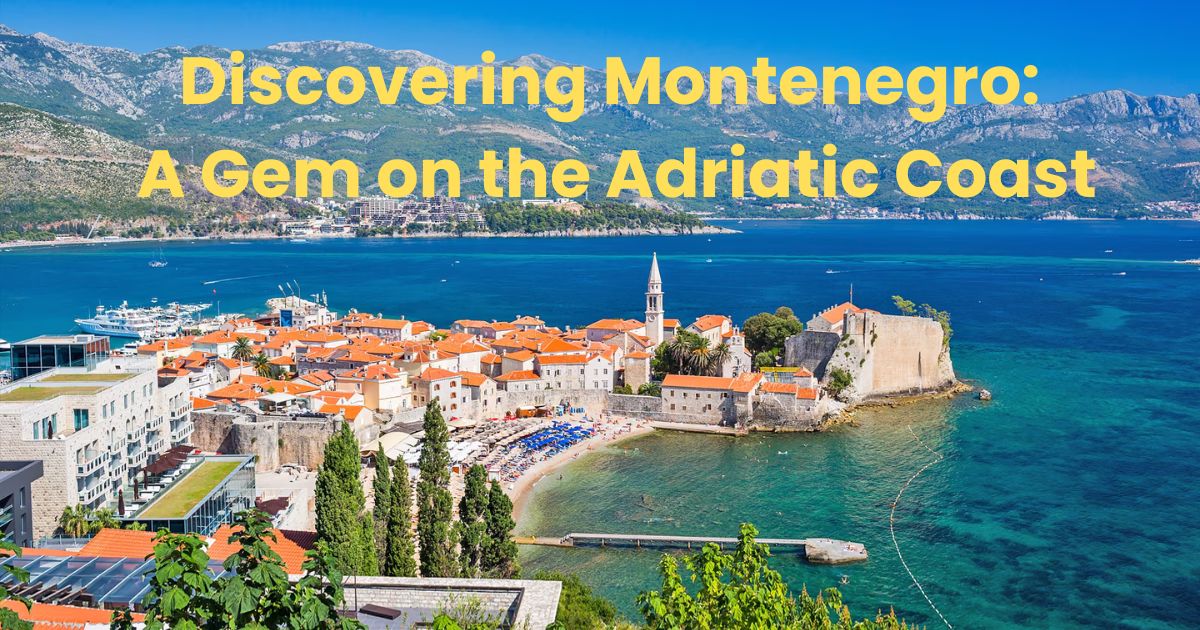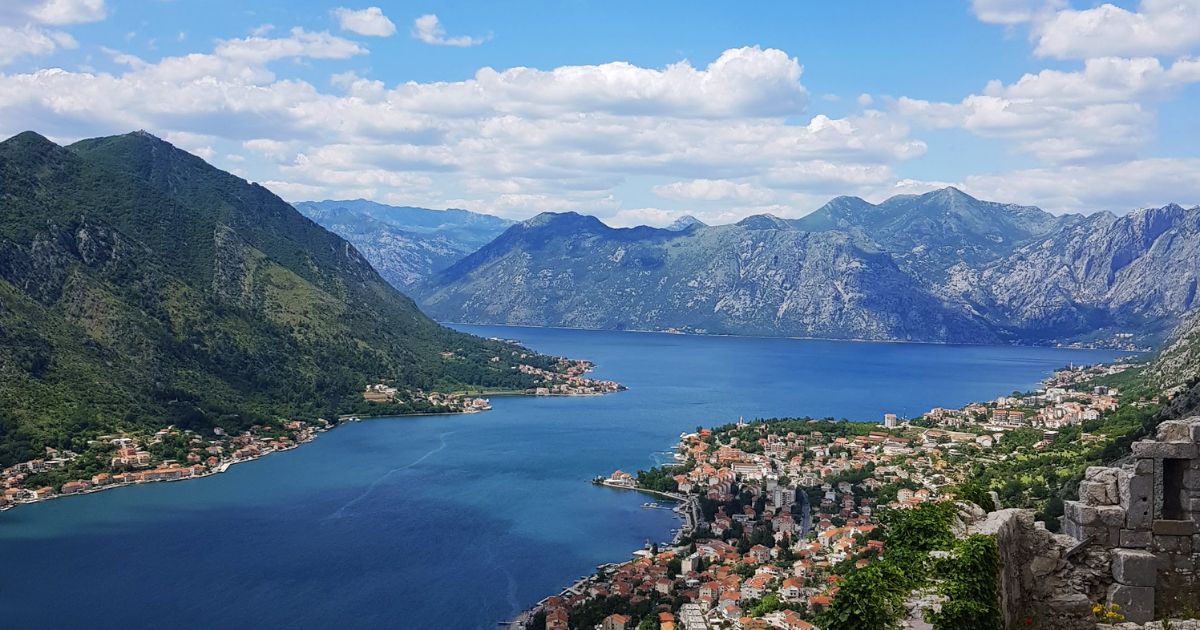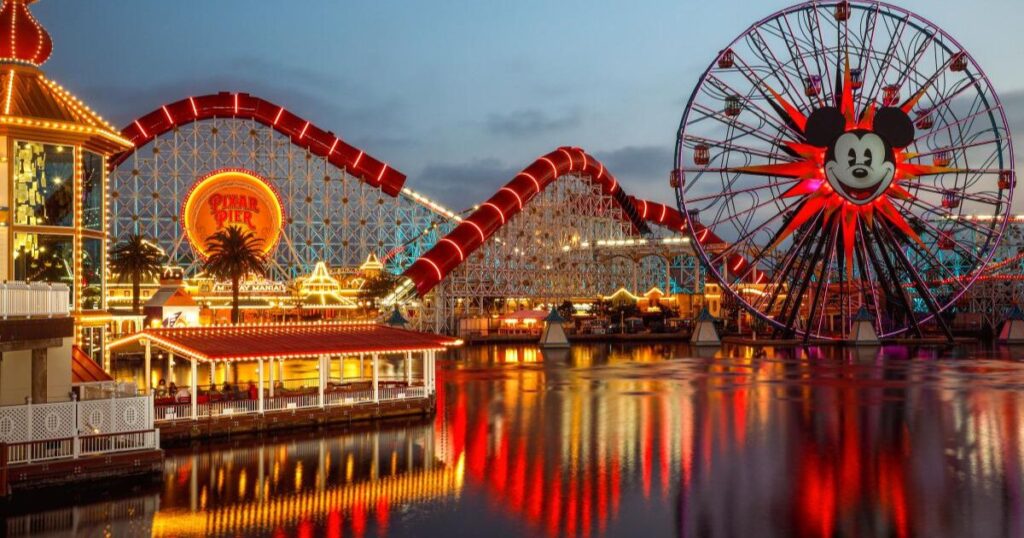Discovering Montenegro: A Gem on the Adriatic Coast

Nestled on the picturesque Adriatic Coast, Montenegro is a hidden gem waiting to be explored. This small Balkan nation, often overshadowed by its more prominent neighbors, offers a unique blend of natural beauty, rich history, and a warm Mediterranean ambiance.
From stunning coastlines and ancient architecture to rugged mountains and charming villages, Montenegro has something for every traveler seeking an off-the-beaten-path adventure.
Montenegro’s Coastal Beauty:
The Adriatic coastline of Montenegro is nothing short of breathtaking. The Bay of Kotor, a UNESCO World Heritage site, is a fjord-like wonder surrounded by towering mountains and dotted with charming coastal towns. The medieval city of Kotor, with its well-preserved architecture and narrow cobblestone streets, is a highlight for history enthusiasts and photographers alike.
Further south, the coastal town of Budva offers a lively atmosphere with its historic Old Town, vibrant nightlife, and sandy beaches. Sveti Stefan, a tiny island turned luxury resort, adds a touch of exclusivity to Montenegro’s coastal allure.
National Parks and Nature:
Beyond the coastline, Montenegro boasts some of Europe’s most stunning national parks. Durmitor National Park, located in the northern part of the country, is a haven for outdoor enthusiasts. Its dramatic landscapes include the Tara Canyon, the deepest canyon in Europe, and the glacial Black Lake, surrounded by lush forests and rugged peaks. Visitors can enjoy activities such as hiking, rafting, and skiing, depending on the season.
Biogradska Gora National Park is another natural gem, known for its ancient virgin forest and the pristine Biogradsko Lake. The park provides a peaceful retreat for those seeking tranquility amidst nature.

Cultural Heritage and Architecture:
Montenegro’s rich history is evident in its diverse architectural heritage. The walled town of Bar, with its historic Old Town and Ottoman-era architecture, reflects the country’s multicultural past. The Ostrog Monastery, built into the side of a vertical cliff, is a spiritual and architectural marvel that draws pilgrims and tourists alike.
Cetinje, the former royal capital, is a cultural hub showcasing well-preserved 19th-century architecture. The Cetinje Monastery and the Biljarda, once the residence of Montenegro’s ruler Petar II Petrović Njegoš, are must-visit landmarks for history enthusiasts.
Lake Skadar: A Haven for Nature and Culture:
Lake Skadar, the largest lake in the Balkans, straddles the border between Montenegro and Albania. The lake and its surrounding wetlands are a haven for birdwatchers, as numerous species of migratory birds make this area their home. The charming fishing villages along the lake’s shores provide a glimpse into traditional Montenegrin life.
The historical Grmožur Island, home to a well-preserved fortress, adds an intriguing layer to Lake Skadar’s appeal. Boat trips on the lake offer a unique perspective of the diverse landscapes and cultural heritage.
Adventure in the Mountains: Discovering Montenegro
Montenegro’s mountainous terrain provides a haven for adventure seekers. The Prokletije Range, aptly named the “Accursed Mountains,” offers challenging hiking trails and panoramic views.
The Tara River Canyon, a UNESCO World Heritage site, attracts adrenaline enthusiasts with its thrilling white-water rafting opportunities. Exploring the hinterlands unveils a rugged beauty that contrasts the coastal landscapes, making Montenegro a diverse playground for outdoor activities.
Festivals and Traditions: Discovering Montenegro
Immersing oneself in Montenegro’s cultural tapestry involves participating in its vibrant festivals and embracing local traditions. The Mimosa Festival, held in Herceg Novi, marks the end of winter with vibrant parades and events.
The Kotor Carnival, with its elaborate masks and colorful processions, brings the streets alive with energy. Traditional music, dance, and folklore festivals throughout the year provide a deeper understanding of Montenegro’s rich cultural heritage.
Montenegrin Cuisine: Discovering Montenegro
No exploration of Montenegro is complete without savoring its delectable cuisine. Influenced by Mediterranean, Ottoman, and Balkan flavors, Montenegrin dishes are a delightful blend of fresh seafood, grilled meats, and locally sourced produce.
Try the traditional “Njeguski prsut” (smoked ham) and “Kacamak,” a hearty cornmeal dish often accompanied by cheese and cream. Local wines, produced in the fertile vineyards around Lake Skadar, complement the culinary experience.
Sustainable Tourism Initiatives: Discovering Montenegro
Montenegro is increasingly recognized for its commitment to sustainable tourism. Efforts to preserve its natural beauty and cultural heritage are evident in eco-friendly accommodations, responsible tourism practices, and community-based initiatives.
National parks and protected areas play a crucial role in preserving biodiversity, ensuring that future generations can continue to enjoy the pristine landscapes that make Montenegro a destination committed to both preservation and exploration.
A Warm Welcome: Discovering Montenegro
What truly sets Montenegro apart is the warmth of its people. Hospitality is ingrained in the Montenegrin way of life, and visitors are welcomed with open arms. Exploring local markets, engaging in conversations with locals, and savoring traditional cuisine in family-run restaurants offer a genuine glimpse into Montenegro’s soul.
The warmth of the people, coupled with the country’s natural and cultural riches, creates an immersive travel experience that lingers in the hearts of those who have had the privilege of discovering Montenegro.
Conclusion: Discovering Montenegro
Montenegro, with its diverse landscapes, rich cultural heritage, and warm hospitality, stands as a testament to the beauty of off-the-beaten-path travel. Whether you seek adventure in the mountains, relaxation on sandy beaches, or immersion in history and culture, Montenegro has it all.
This hidden gem on the Adriatic Coast invites travelers to discover its unique charm and create lasting memories in a setting that feels like a well-kept secret waiting to be shared with the world.
Also Read – Official Posters for ‘House of the Dragon’ Season 2
FAQ: Discovering Montenegro – A Gem on the Adriatic Coast
1. What is Montenegro?
– Montenegro is a small country located on the Adriatic Coast in Southeastern Europe. It is known for its stunning coastline, rugged mountains, medieval villages, and rich cultural heritage.
2. Why is Montenegro referred to as a gem on the Adriatic Coast?
– Montenegro is often called a gem due to its natural beauty, diverse landscapes, and cultural attractions. With its picturesque coastline, pristine beaches, and charming historic towns, Montenegro offers a unique and unforgettable experience for travelers.
3. What are some must-visit destinations in Montenegro?
– Some must-visit destinations in Montenegro include the Bay of Kotor, Budva, Sveti Stefan, Durmitor National Park, Lake Skadar, and the ancient city of Kotor. Each offers its own distinct charm and attractions.
4. What activities can visitors enjoy in Montenegro?
– Visitors to Montenegro can enjoy a variety of activities such as hiking in the mountains, exploring historic sites and fortresses, swimming in the crystal-clear waters of the Adriatic Sea, sailing, kayaking, and tasting delicious local cuisine.
5. Is Montenegro a safe destination for travelers?
– Montenegro is generally considered a safe destination for travelers. However, like any destination, it’s important to exercise caution and follow basic safety precautions such as being aware of your surroundings and avoiding risky areas, especially at night.
6. What is the best time to visit Montenegro?
– The best time to visit Montenegro is during the spring (April to June) and autumn (September to October) when the weather is mild, and the crowds are fewer. Summer (July to August) is also popular for beachgoers but can be crowded and hot.
7. What is the currency used in Montenegro?
– The official currency of Montenegro is the Euro (EUR). It is widely accepted throughout the country, but it’s always a good idea to carry some cash for smaller purchases and in more remote areas.
8. Are there any cultural customs or etiquette visitors should be aware of in Montenegro?
– Visitors to Montenegro should be respectful of the local culture and customs. It’s customary to greet people with a handshake and maintain eye contact during conversations. Modest clothing is appreciated when visiting religious sites, and it’s polite to remove your shoes before entering someone’s home.
9. Can I drive in Montenegro with my foreign driver’s license?
– Yes, visitors with a valid foreign driver’s license can drive in Montenegro. However, it’s recommended to familiarize yourself with local traffic rules and regulations before hitting the road.
10. How can I learn more about traveling to Montenegro?
– For more information about traveling to Montenegro, including visa requirements, accommodations, transportation options, and popular attractions, you can consult travel guides, tourism websites, or reach out to local tourism offices for assistance.
Also Read – National Pizza Day : Pizza Lovers UNITE.
Also Read – Sustainable Aviation Fuel : Secret Fuel Hacks Airlines Don’t Want You to Know About

